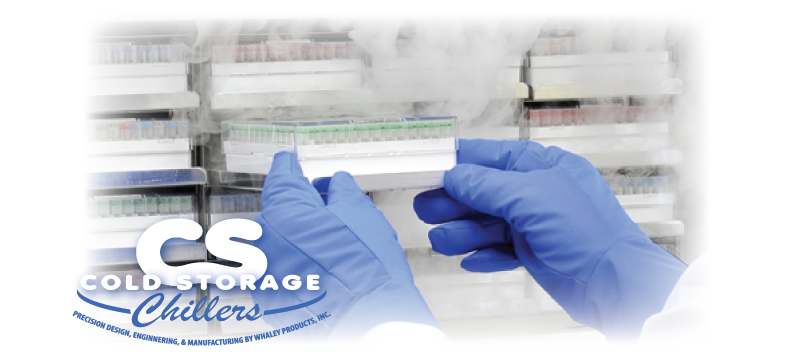Researchers of every kind, spend hours in labs. Inside they create, analyze, and break down samples, reagents, enzymes and cells. Temperatures of storage must remain consistent, so that damage does not occur. Damaged samples can put a researcher behind, weeks, months or even years. A simple temperature fluctuation is potentially catastrophic.
Samples range in size from microorganisms like bacterium, to groups of organisms called tissues, or parts of minerals. The samples are tiny and may be undetectable to the human eye. Special devices, like centrifuges, chromatography, microscopes and other nanotechnology is used to make them visible to us. As in the pharmaceutical industry, regular refrigerators should not be used.
Criteria that should fit a science cold storage facility should include the safety and security, temperature stability, and protection of sample integrity. These criteria can be looked for when shopping for a cold storage system. For safety and security, a person must take into account the accessibility, and the locking mechanism of a unit. Some systems may need to be high tech and open with a code, card, or proximity recognition technology. Ambient temperature, electrical supply, inventory access, and interior cabinet space are essential to stability and recovery.

